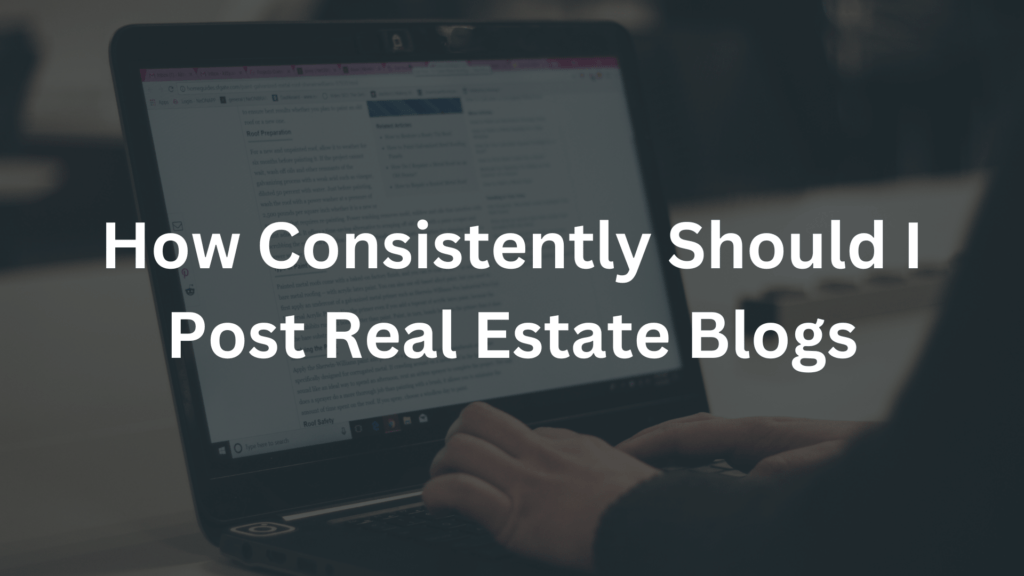Leveraging is a simple real estate investing strategy that involves borrowing money to purchase property and increase returns. In the same way, a lever multiplies strength when lifting a heavy object, debt leverages investors’ returns.
In December 2021, Zillow estimated that the median home value in the U.S. was over $320,000. Most people wouldn’t be able to invest in real estate if they had to pay cash.
More than 60 percent of American households use mortgages as a form of leverage. Using other people’s money (in this case, the bank’s) and living on the property, they gain full control of the property.
While the lender fronts most of the purchase price, the investor earns 100 percent of the income while building equity at the same time. The appreciation of property also increases an investor’s net worth.
“Leverage in finance means that as long as your funding costs, or the interest rate, are lower than the return you expect on the asset, you improve your returns,” says Dennis Bron, Mynd’s VP of Growth. Mortgage rates are typically around 3 percent, but historically this asset class has typically yielded 8 percent-and that’s before tax advantages, so 8 percent plus-so a mortgage amplifies your returns.
How real estate investors use leverage to build wealth
Cash-on-cash returns are used in these examples because they are a more common financial return metric than gross yield, cap rate, or annualized return.
Divide net pretax cash flow (after all operating expenses and mortgage payments have been made) by total cash invested to calculate cash-on-cash return. For example, if an investor earns $5,000 per year in pretax cash flow on a $100,000 rental property that was purchased with cash, the cash-on-cash return would be 5%:
Cash-on-cash return = Annual pretax net cash flow / Total cash invested
A $5,000 pretax net cash flow / $100,000 total cash investment equals .05 or 5%
Let’s examine how investors use leverage to increase returns and build long-term wealth over a 5-year period. We’ll look at two different scenarios: an all-cash purchase and a conservative 25% down payment.
For these examples, we will assume property values and rent prices increase by 8% per year, operating expenses increase by 5% per year due to inflation, and no additional cash is invested in the property other than routine maintenance and repair costs, which are included in operating expenses.
All cash purchases:
A cash-on-cash return of over 12% is earned by an investor investing $120,000 in a rental property at the end of year five. If the property were sold, the value would increase from $120,000 to $163,259, representing a return of 36%.
25% down payment:
The cash-on-cash return of an investor who used leverage to purchase a rental property is more than 2.5 times greater than that of an investor who paid all cash.
This property value has also increased to $163,259, representing a $43,259 equity gain based on the down payment of $30,000. This is a 44% return, excluding the reduction of the mortgage principal balance from the monthly mortgage payments, which would increase the return rate, and the closing costs associated with the sale.



